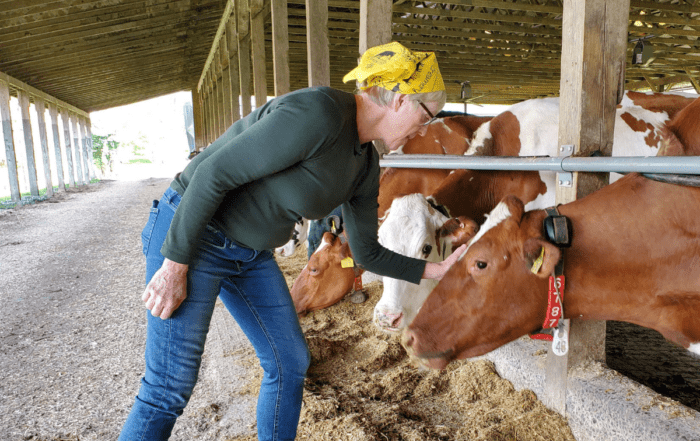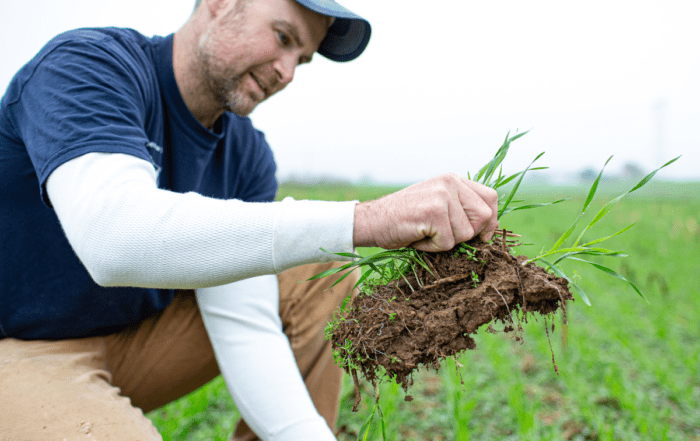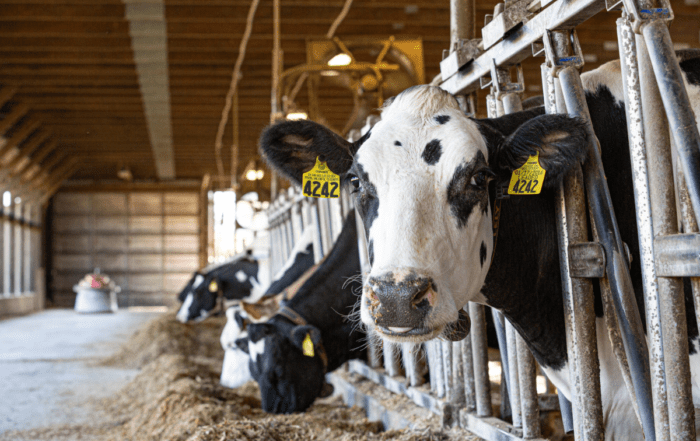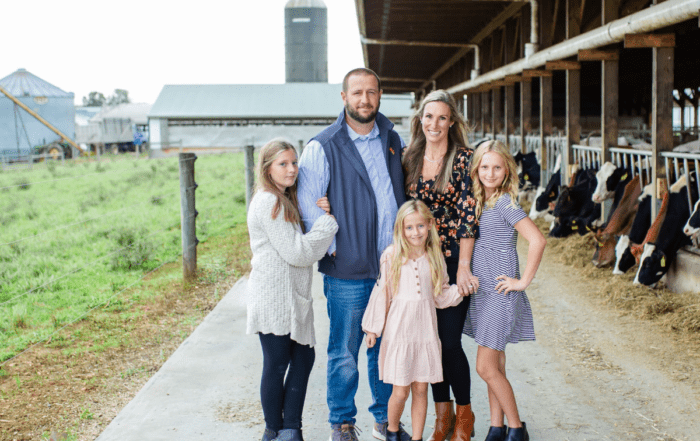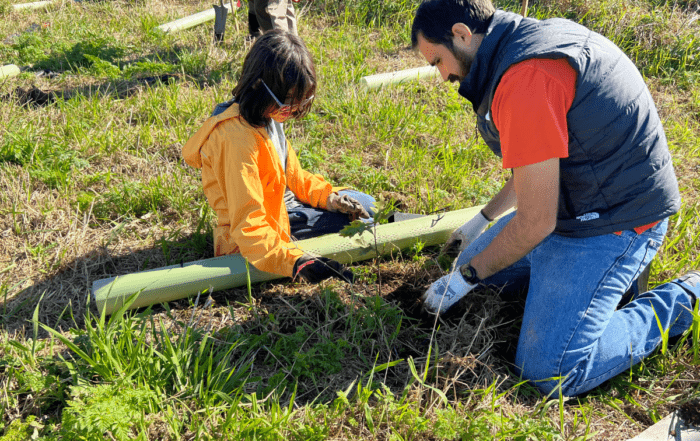Water is one of the most valuable resources on the planet – and dairy farmers treat it as such. Protecting waterways starts with using water responsibly on-farm.
Water Reuse
Check the watershed protection techniques of dairy farmers below.
- First, cold water is used in a plate cooler, which is a piece of equipment that cools milk through heat exchange with cold water.
- Next, that water, which is still clean, is used for the cows to drink.
- What’s left by the cows when their water is freshened is used to clean barns. The resulting mix of water and manure ends up in a storage facility.
- The water that is captured with manure is then used as liquid fertilizer– read more about manure management.
To keep the valuable nutrients in that fertilizer on fields, and out of local water supplies, farmers are careful about when they apply manure. They can also protect the soil with practices like no till farming, cover crops and buffer strips.
No Till Farming
No till farming is a type of farming where crops are planted directly into the field without clearing previous crop residue. It helps to prevent soil from eroding off fields, which protects the nutrients in that soil, as well as nearby waterways.
Buffer Strips
Planting buffer strips means putting trees and other local vegetation along streams and creeks. It provides a habitat for animals, shades the water, which keeps it cool for aquatic life, and creates a ‘buffer’ between the stream and nearby farms. These buffers trap sediment and prevent erosion, ultimately protecting the waterway.
Dairy farmers work hard to keep waterways safe and ensure their farms stay sustainable for their families, their communities and the future.

